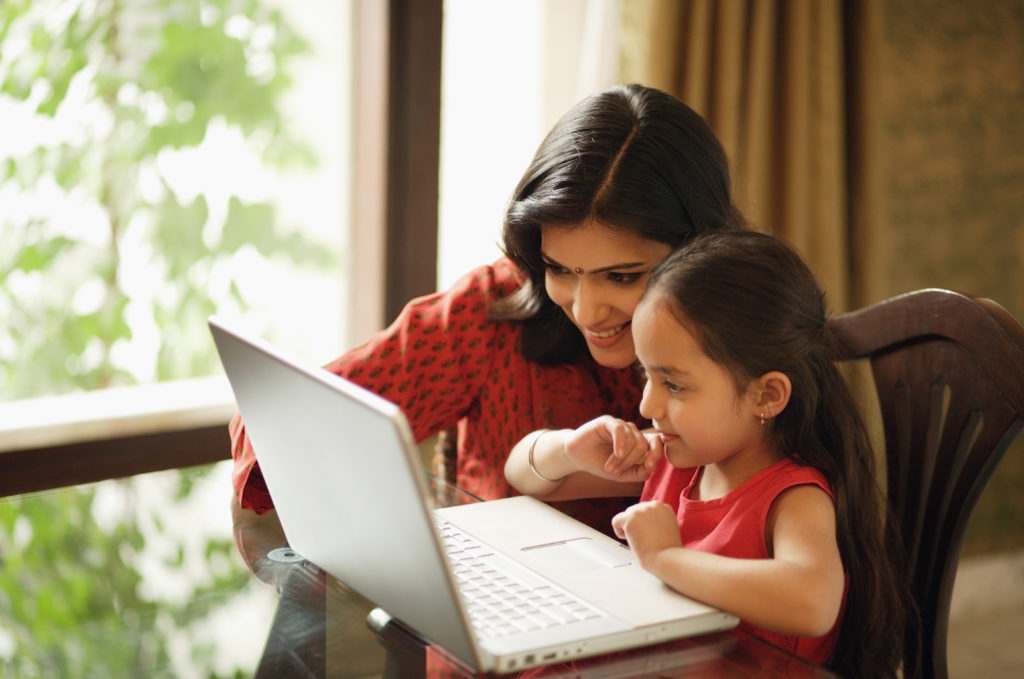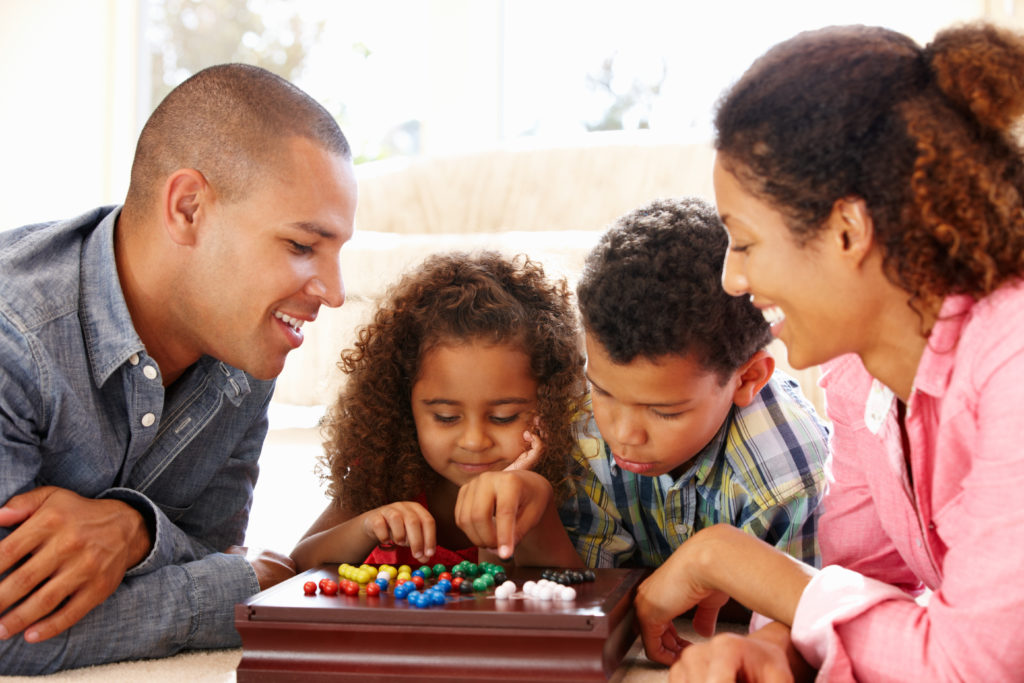Many multicultural families want their children to be bilingual, but it seems like a difficult and confusing thing to do. That’s why we at DinoLingo are making it easy to understand how you can teach your child both languages as they grow.
Remember, the earlier the better. If you are going to be a parent soon, we want you to know that your child can recognize your voice before they are born. Before your child is six months old, they know the difference between their main language and other languages.
Here are some easy steps to raise a bilingual child:
- Try OPOL

OPOL means One Parent, One Language. For example, if you are a native French mother, then you speak French to your child. If your partner or husband is native Russian, then she or he speaks Russian. Each parent speaks his or her native language to the child.
- Try MLAH
MLAH means “Minority Language At Home”. In this style, both parents speak the minority language in the house. If you are a Japanese parent with an American spouse living in the United States, both of you would speak Japanese at home. This method is works well if your child does not have many chances to use the second language outside of the house.
- Be consistent
For either OPOL or MLAH, it is essential that both parents are consistent in the language they choose to communicate in with their child. When you start mixing up languages or using these methods only on certain occasions, your child may not become bilingual. They could also become a passive bilingual, which means they understand the language but do not speak it.

- Remember every child is different
Some studies show that girls start talking earlier than boys, but this is not a rule. Children all around the world eventually reach their own level of language competence, so patience is critical.
- Be aware of the “critical period“
The peak of development of your child’s brain is at age three. After age five, it becomes increasingly difficult for your child to understand accents. As a teenager, it is almost impossible for your child to have a natural language skill.
- Motivate your child
Give your child a reason to speak the second language. You can create opportunities by finding families who speak the language and plan play dates with them. You could hire a nanny or a babysitter who speaks your chosen language, and visit cultural centers as part of your weekly routine. You can also borrow DVDs, CDs, and picture books from the library. If you have the opportunity, travel to countries where the language your child is learning is spoken.
- Motivate yourself

The journey of teaching a child a second language creates a special bond on so many levels. Being bilingual could give your child a chance to perform better in school and to be more creative. It also opens up opportunities for your child’s career. Your child will have the potential to grow as a global-minded leader.

Online lessons for kids: dinolingo.com